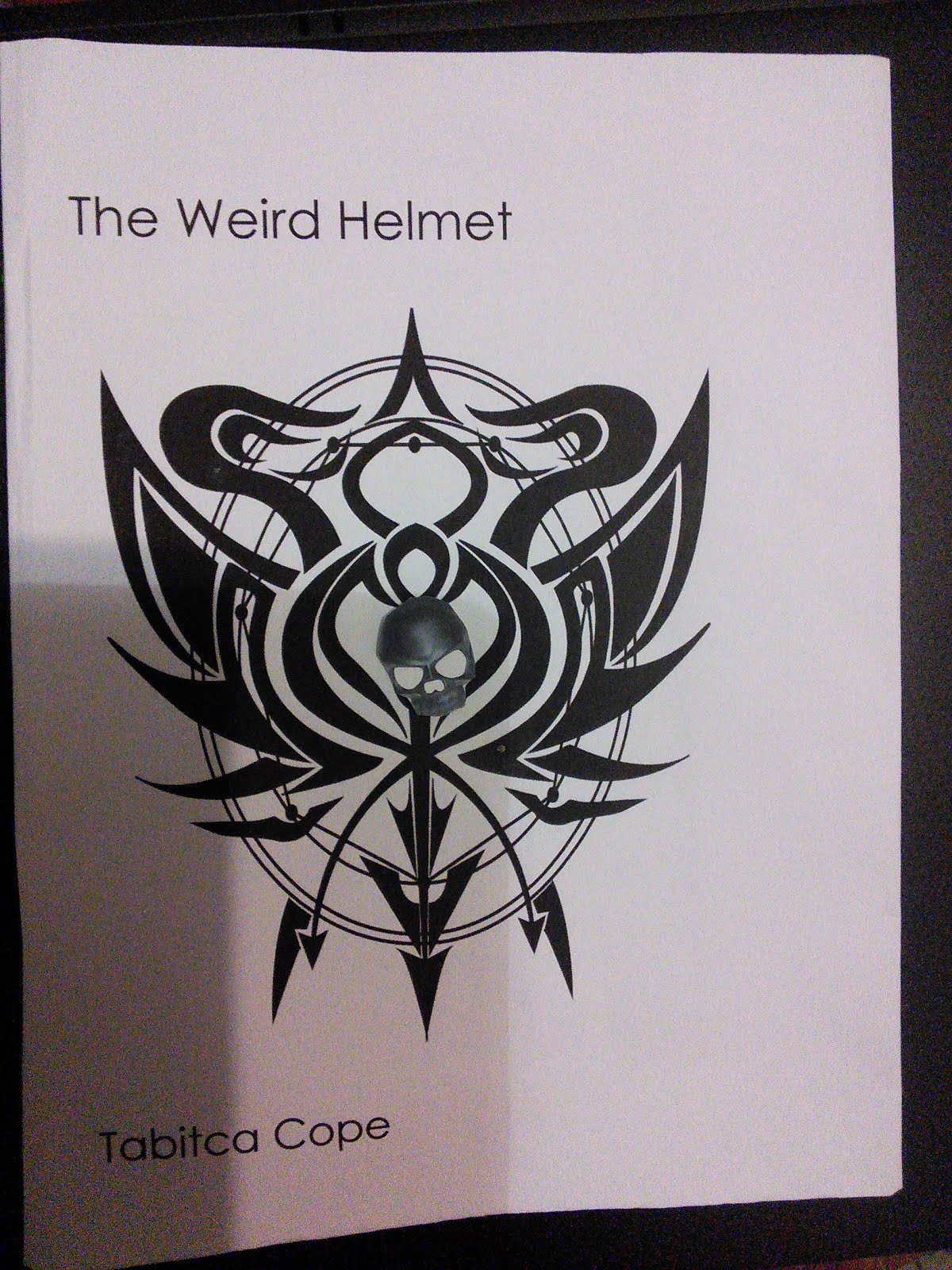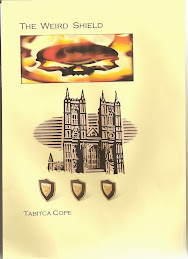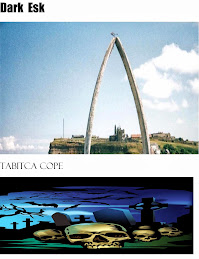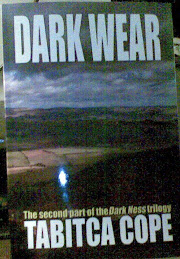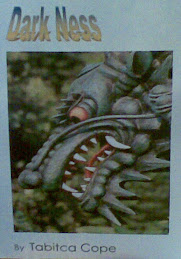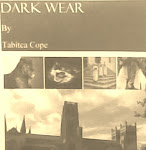Loch Assynt
Loch Assynt
is a few miles inland from the west coast of the Scottish Highlands in
Sutherland. The loch is 9.65 kilometres (6
miles) long and has a maximum depth of 82 metres (280 feet approx). It is surrounded by mountains and is a freshwater
loch. It receives the outflow from Loch Awe,
In 1837 two fishermen claimed
to see a strange creature ,not once but twice, once in the water and once on
small island in the loch. They reported it as being about 3 feet tall( 1 metre approx)), with a
broad back, bull-dog type head, grey coloured and hairy .
It sounds like a seal but
unusual in an inland loch.
There is also the legend surrounding
the ruins of a castle on the shore of
the loch. The story tells of the laird MacLeod's
lost daughter, Eimhir. She flung herself from the castle walls on hearing her
father had promised her to the devil as his bride. Instead of jumping to her
death, it is believed Eimhir plunged
into the caverns of the loch and became the mermaid of Assynt .Some claim to have sighted her weeping on the
rocks, her body now transformed into half woman, half sea creature.
Lochan Feith an Leothaid
Lochan Feith an Leothaid is a
small loch in the Scottish Highlands,
which is only a few thousand feet south
of Loch Assynt.It takes about an hour and a half to walk from one loch to the
other
In 1930, Kenneth MacKenzie
described seeing a strange creature with a deer-like head surface close to his
boat on Lochan Feith an Leothaid, before diving back under water.People
remembered the creature seen many years before in Loch Assynt and wondered if
it was the same creature.
Loch Awe
Loch Awe is a large
fresh water loch in Western Scotland
with a length of 35km and total surface area of 14.9 miles .It is known
for being a good fishing loch, with large trout being caught regularly. There
is a legend about its creation which
concerns the holy well on Ben Cruachan. The well had to be capped by a large stone every day after
use. . One day the attendant was too tired to replace the stone and fell asleep. When she woke up
(apparently three days later )she found
that the well had flooded the valley below and created Loch Awe.
There have been stories
of a creature in the Loch going back hundreds of years. The creature is said to
come ashore during winter and can be heard growling and panting.
One of the few written
accounts of this creature was written by Timothy Pont, who chronicled what he
called “gigantic eels” in the Loch. He said he himself was frightened to fish
in the Loch because of the large eels and they also frightened fishermen away
from the loch. They were described these
eels as being the girth of a horse and reaching huge lengths, such as 33 feet
(11metres). The description sounds very much like the horse eels of Ireland.
Further up the Western
coast on the Islands this report was printed in The London Times
March 6, 1856:
The Sea Serpent in the Highlands
The village of Leurbost, Parish of Lochs, Lewis, is at
present the scene of an unusual occurrence.
This is no less than the appearance in one of the inland fresh-water
lakes of an animal which from its great size and dimensions has not a little
puzzled our island naturalists. Some
suppose him to be a description of the hitherto mythological water-kelpie;
while others refer it to the minute descriptions of the
"sea-serpent," which are revived from time to time in the newspaper
columns. It has been repeatedly seen
within the last fortnight by crowds of people, many of whom have come from the
remotest parts of the parish to witness the uncommon spectacle. The animal is described by some as being in
appearance and size like "a large peat stack," while others affirm
that a "six-oared boat" could pass between the huge fins, which are
occasionally visible. All, however,
agree in describing its form as that of an eel; and we have heard one, whose
evidence we can rely upon, state that in length he supposed it to be about 40
feet. It is probable that it is no more
than a conger eel after all, animals of this description having been caught in
the Highland lakes which have attained huge size. He is currently reported to have swallowed a
blanket inadvertently left on the bank by a girl herding cattle. A sportsman ensconced himself with a rifle in
the vicinity of the loch during a whole day, hoping to get a shot, but did no
execution.
Could one creature,a large
eel ,or its descendants be responsible for the sightings? Loach Awe runs in to
Loch Assynt and Loch Assynt is within walking or slithering distance of Lochan
Feith an Leothaid.What do you think?

